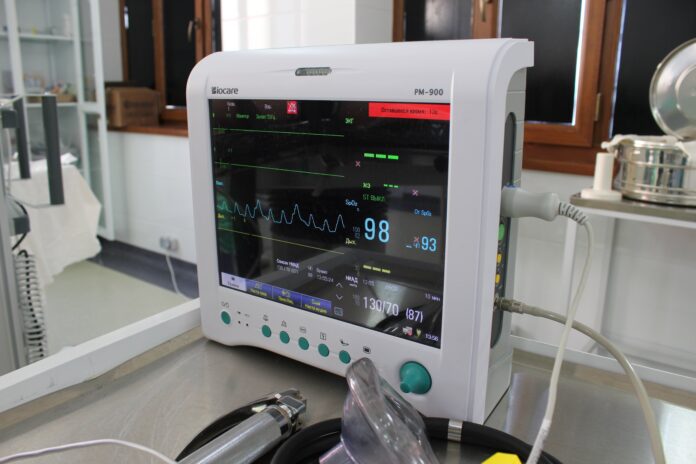In a remarkable leap forward for cardiovascular care, a team from The Texas Heart Institute (THI) and The University of Texas at Austin (UT Austin) has engineered a hydrogel that promises to transform the treatment of ventricular arrhythmia, or abnormal heart rhythms. Published in Nature Communications, the study details an innovative hydrogel-based pacing modality that could make painful defibrillator shocks a thing of the past.
Ventricular arrhythmia, a leading cause of sudden cardiac death in the United States and Canada, is typically due to re-entrant circuits formed around scarred heart tissue following a heart attack. Re-entrant arrhythmia is a self-sustaining irregularity in heart rhythm which is considered life-threatening. Current treatments are limited to drugs that can be toxic and procedures that do not address the underlying mechanism of re-entry, leaving a significant number of patients with recurring arrhythmias.
Transformational impact on cardiac pacing
The collaborative study, led by Dr. Mehdi Razavi at THI and Dr. Elizabeth Cosgriff-Hernandez at UT Austin, offers a minimally invasive solution — a conductive hydrogel that can be injected into coronary veins to establish a “conduction highway” throughout the heart’s scarred tissues.
The hydrogel, injected as a liquid, solidifies upon mixing inside the target vein, adapting to the vein’s intricate morphology. This capability allows the hydrogel to provide extensive electrical contact throughout the ventricle’s thickness, which is essential for effective pacing.
“These hydrogels then can access the scarred tissue, thereby enabling direct pacing of the otherwise inaccessible regions of the heart,” said Razavi in an article.
This study’s findings indicate that this new pacing approach could potentially eliminate lethal re-entrant arrhythmia and provide painless defibrillation — a significant advancement considering the adverse effects of current treatments on patient quality of life.
While the technology is still in its early stages, the researchers have already begun the process of commercializing through a start-up. The promising results from animal models set the stage for future clinical applications, aiming to integrate seamlessly into existing clinical workflows.
A Canadian innovative approach to utilize scarring
Closer to home, an international research collaboration including experts from the University of Calgary’s Libin Cardiovascular Institute in Canada and Germany, has identified cryoablation as an effective first-line treatment for another arrhythmia known as atrial fibrillation (AF). AF is a heart condition characterized by an irregular and often rapid heart rate due to the upper chambers of the heart beating out of sync with the lower chambers, increasing the risk of stroke, heart failure, and other complications.
The study’s findings, which were shared at the American Heart Association‘s annual conference and published in the New England Journal of Medicine, suggest that cryoablation — a procedure that scars heart tissue to disrupt faulty electrical signals — offers significant benefits.
Patients who underwent cryoablation reported fewer serious complications, reduced hospitalization rates, slower progression to persistent arrhythmia, and an overall better quality of life compared to those who were initially treated with medication. The study, involving 303 patients over three years, marks a significant shift in the treatment approach for early-stage atrial fibrillation, emphasizing the importance of early intervention.
“This is definitely a game-changer,” said Dr. Carlos Morillo in a press release from Calgary’s Cumming School of Medicine.
“We now know AF needs to be treated early on with ablation.”
Moving forward, both of these international research teams aim to educate patients and healthcare providers about the advantages of new and innovative treatment options to improve quality of life.
As the research progresses, the cardiac care community awaits a potential paradigm shift in the management of arrhythmia, turning the distressing thud into a silent whisper of rhythm restoration.








































